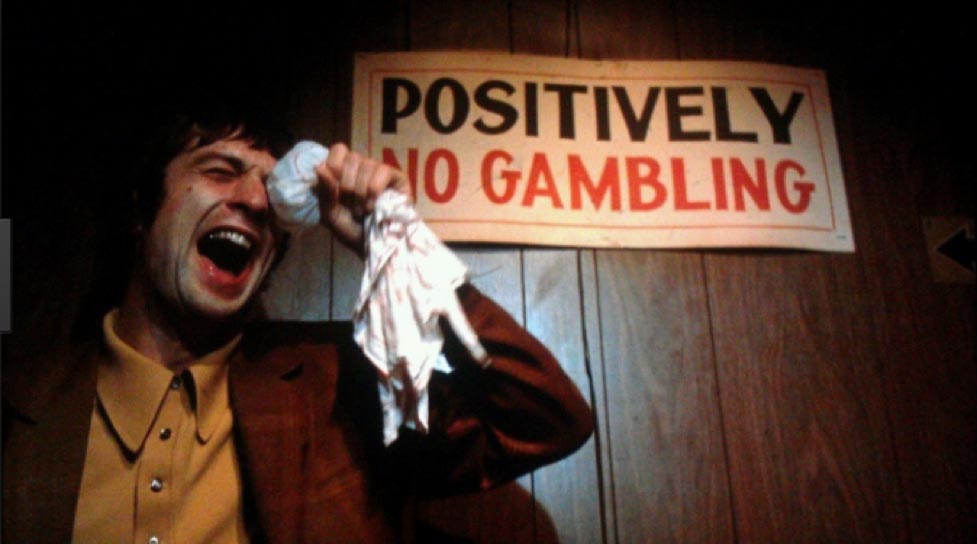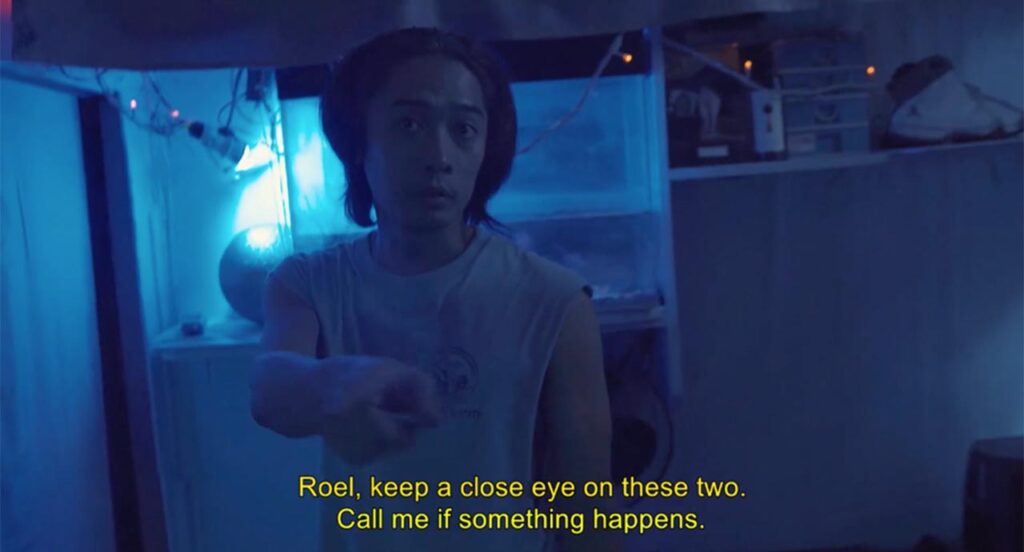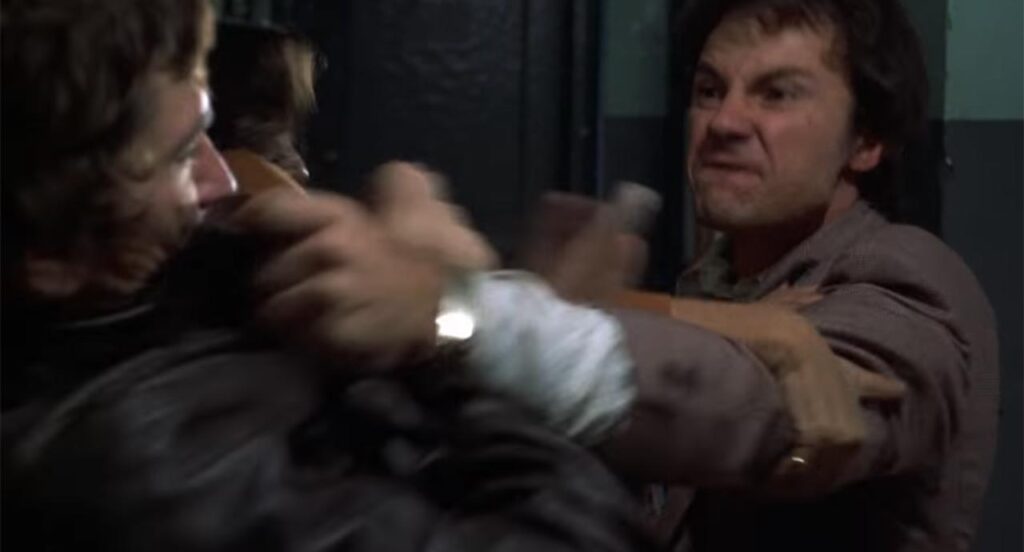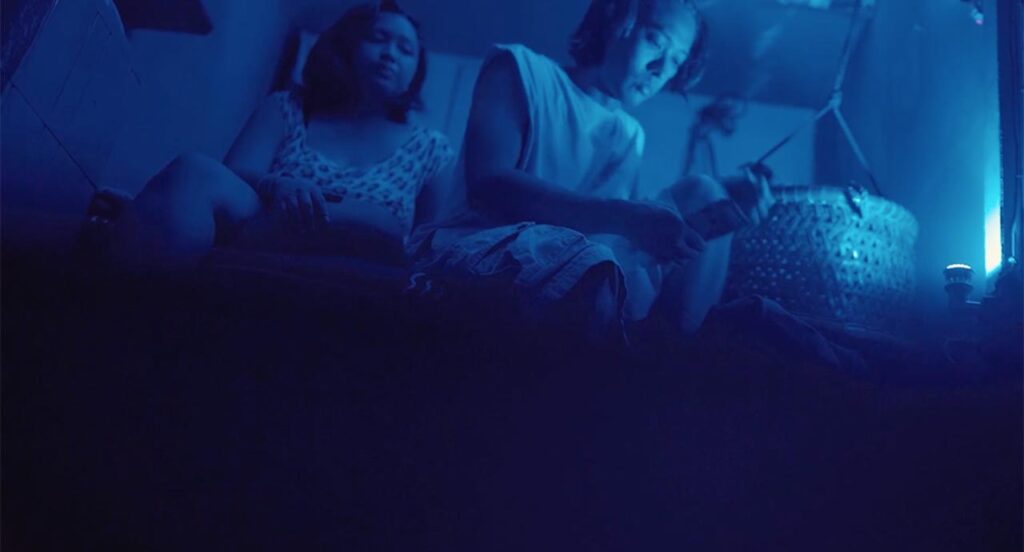Searching for an Identity
“You don’t make up for your sins in the church. You do it in the streets. You do it at home. The rest is bullshit and you know it” – Charlie Cappa, Mean Streets, 1973.

The first words that come to mind on hearing this popular line from Mean Streets are – ‘Repentance’ and ‘Confidence’, yes they’re conflicting, but they can function well together. Hollywood movies have always inclined the audience to be sympathetic towards the Mafia king, although we know he is treading on the wrong path.
However, a part of us always knows that perhaps the protagonist did not know otherwise and they were tossed headfirst into this mess. They too are humans and have desires that they wish to fulfill. Hence, getting muddled up in this mess makes them helpless and they are constantly searching for an identity, trying to find themselves. They cover their messed up lives by being overly confident and aggressive. Nevertheless, there is always a sense of repentance for their crimes. This can be understood by looking at the characters and their interaction with the environment.


Looking at Charlie Cappa and Betong from Mean Streets and Suerte respectively, are two such characters. They both are looking for a sense of recognition and portray themselves as someone with authority and control while they are equally broken and lost on the inside.
Betong has a mother, who although is present, does not seem to be able to exert a high amount of control over her kids. We see her momentarily wherein she is blatantly lied to, the boys are unafraid and don’t care. On the other hand, when we look at Charlie, he is Mama’s boy. 27-year old Charlie, who is dealing with loan sharks, wants to be a child again and hence, lives with his mother. She, however, is never shown, yet it appears as though he is always looking for her. The two movies, use the idea of a ‘guiding light’ very differently, although, emphasizing the same point. Both the protagonists have seen too much of the real world, Betong chooses to embrace it and make a place for himself, whereas Charlie, is scared of embracing it and tries to play safe. The guiding lights are either overpowered or not present. Hence, establishing a sense of isolation of the characters. They desire comfort and affection and search for it elsewhere. This state is the original stage of the character.

The idea of the ‘elder brother’ is an important aspect of the characterization. This deals with how the protagonists’ themselves chose to be a guide, because they never got one, asserting a sense of control and determining the difference between right and wrong. This adds a layer to the character and is one of the important causes for a change in the character arc. Charlie, believes that he is protecting Johnny boy (Robert De Niro); by interfering in his life decisions, but in reality, his life is in a rut and the only way to escape this, is to cling onto Johnny Boy; who is free and independent. Hence, acting as an older sibling to Johnny boy changes his personality from a composed, focused young man to a distraught and angry person who lets out his angry on Johnny Boy itself. Roel plays a similar role for Betong, who protects him and supposedly guides him towards the right direction. He shields him from trouble and his affection is obvious by how he treats Roel. Betong’s character develops from a boyish, ignorant teenager to a frantic and protective older brother when they are beginning to get attacked by the loan sharks. Both Charlie and Betong suffer a painful end – Charlie is injured fatally and Betong is killed ruthlessly. They try to search for a sense recognition and respect in doing this, looking for an identity. But, their desire for authority and guidance costs them a heavy price.

Betong and Charlie interact with two very important locations that help in the establishing the character arc. For Charlie it is the bar and for Betong it is his girlfriend’s house. Considering ‘Mean Streets’ is a feature film, we see the character arc develop in the bar, wherein we see him deal, fight and interact with Johnny Boy. It is his personal space, wherein he seeks solace and comfort. For Betong, on the other hand, it is his girlfriend’s house. Although, most of the events take place off-screen; as an audience I can tell that his important decisions which lead to his character growth have taken place there as they do when he tells her his dangerous decision. He is happy and content just with her, the place is cramped and not appealing, perhaps a reflection of his state of mind. As is, the bar – which is drowned in red colour, adding a sense of surrealism to that place, which reflects on how it gives him a sense of fake satisfaction about his life.
These locations the characters interact with reveal sides of them they otherwise do not show. They are vulnerable and lost, hence they keep coming back to this one place, because it makes them escape the harsh realities and protects them. Charlie wants to run away from his uncle and Betong does not want to face the loan sharks. The choice of using Red in Mean Streets and Blue in Suerte, for these particular locations, gives a strong sense of secrecy, hinting towards the fact that the characters are hiding something – their inner fears.

The character development in these two films, is very similar. It can be safe to say that Suerte has possibly taken heavily from Mean Streets. The psychology of the character is shaped by its environment, which in turn reveals new truths to the viewer about the character. We can then see how Betong and Charlie are in fact looking for an identity and recognition, leading to dangerous life decisions and we can see how confused, lost and lonely these characters actually are. The idea of repentance and confidence works hand – in – hand, to helping these characters grow, giving it the vulnerable side that only the audience sees and their strong side, which they present to fellow characters
Catch Carlo Fajarda’s Suerte as part of the SEA Short Film Competition: Programme 2 on 1 December 2017, 9:30PM at the National Gallery Singapore.

